Liddell power station closure to push power bills up by $500 a year
NSW consumers will be slugged an extra $500 a year for power when energy giant AGL shuts its coal-fired Liddell power station, modelling has shown.
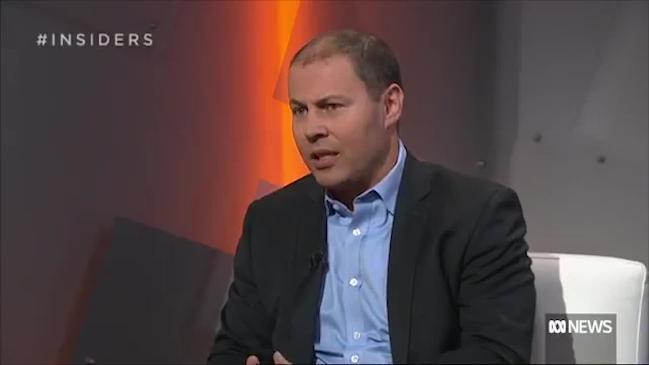
NSW
Don't miss out on the headlines from NSW. Followed categories will be added to My News.
NSW consumers will be slugged an extra $500 a year for power when energy giant AGL shuts its coal-fired Liddell power station, modelling has shown.
Prime Minister Malcolm Turnbull has personally called AGL chairman Graeme Hunt and asked him to keep the power station running or sell it to one of three interested buyers.
But Mr Hunt, who takes home over $600,000 a year, has snubbed the PM and backed jetset American CEO Andy Vesey’s plans to shut Liddell and turn it into a hub for renewable energy despite predictions it will jack up electricity costs.
“Liddell’s closure would send power bills skyrocketing by more than $500 a year,” warned Nathan Vass from the Australian Power Project.
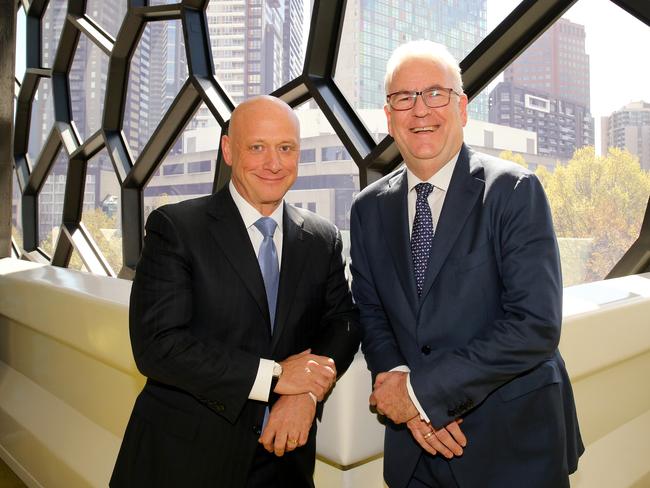
Mr Vass said comparisons with the 85 per cent jump in the wholesale cost of electricity in Victoria after the closure of the Hazelwood power plant would see almost $500 added to the average $2000 NSW power bill with the closure of Liddell in 2022.
“Very few households could take a hit to their power bills like this without having to sacrifice other necessities in the family budget,” said Mr Vass, a former AGL staffer who started the energy industry lobby group two years ago.
“The impact on businesses and workers would be even worse. Many small businesses are just keeping their heads above water and another big wave of power price hikes would send them under.”
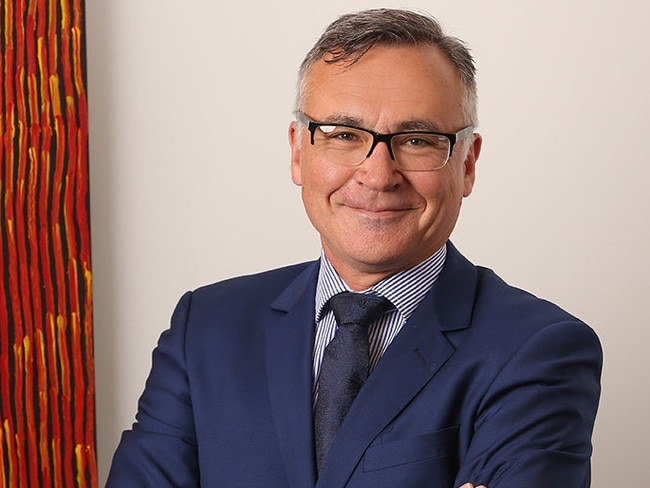
The Daily Telegraph contacted Mr Hunt and AGL’s six directors, who each take home more than $200,000 a year for around two days’ work a month, and asked them to explain why they back the closure of Liddell.
All of the directors, who include Australia Post chairman John Stanhope and Sydney University Chancellor Belinda Hutchinson, referred the questions to the electricity giant’s spin doctor.
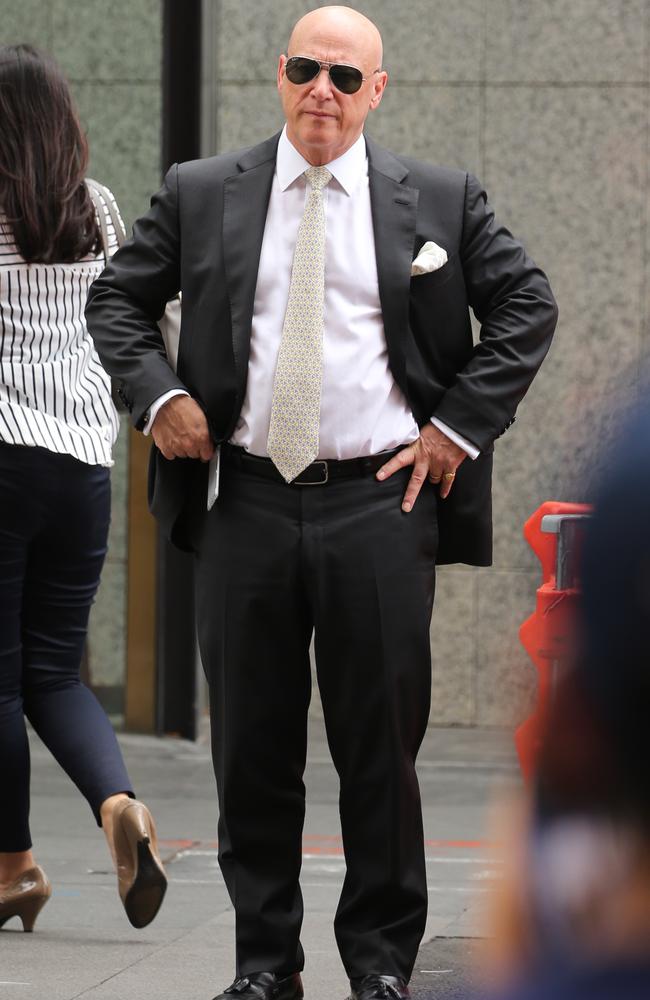
AGL’s spokesman said: “The intention of giving seven years’ notice of the closure of Liddell was to avoid the impacts on price seen with the sudden closure of other coal plants.”
He said the notice period was intended to give the market time to build new generation capacity. “If AGL’s intent was to benefit from closure, AGL would have provided no notice of closure.”
Mr Vesey, whose wife and family still live in his lavish family home in Virginia in the US, where electricity bills are a third of those in NSW, has said renewable energy would replace power lost with the closure of Liddell.
MORE
HUGE SALARIES: AGL’s profits to double as bosses pocket big bucks
BLACKOUT RISK: AGL hits back at pressure to sell Liddell
PRICES SOAR: AGL boss promotes image with spin doctor
AGL FAT CAT: CEO Andy Vesey pays much less for electricity in US
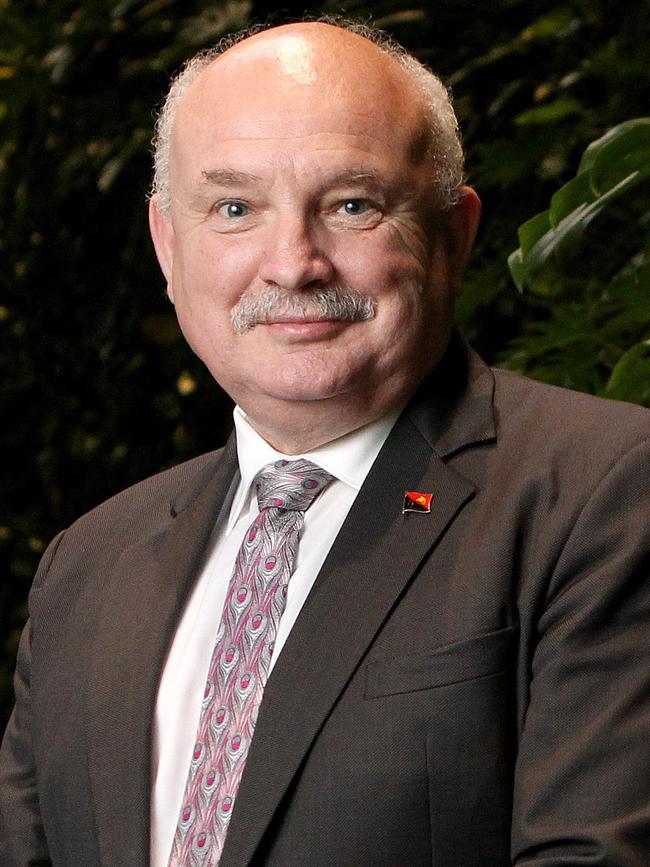
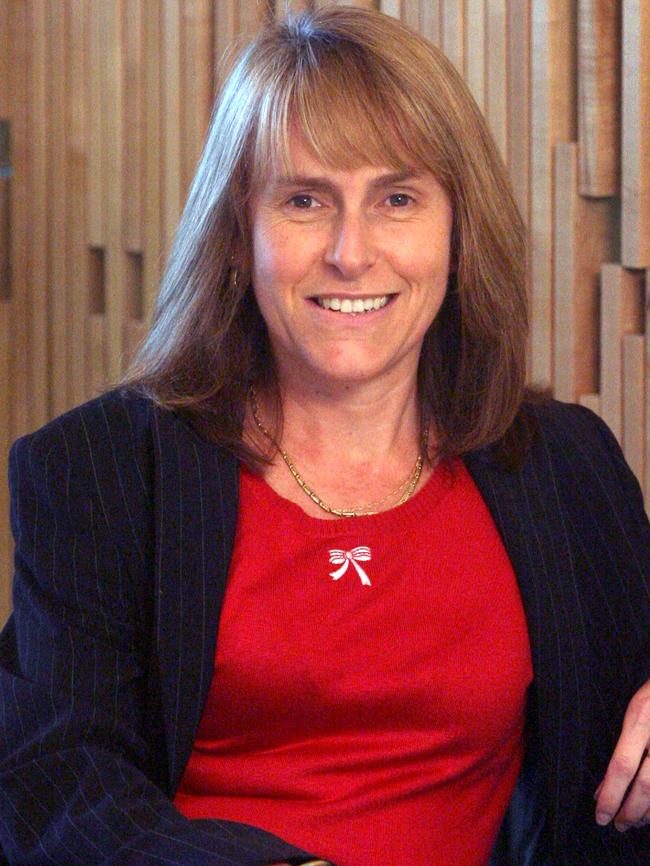
But modelling by the Australian Energy Market Operator dismissed that claim and warned of a giant 850 megawatt gap that could lead to blackouts hitting 200,000 homes.
The Prime Minister has urged AGL to keep Liddell running for an extra three years until power from Snowy Hydro 2.0 comes on stream or to sell it to interested rivals such as Chinese-owned Alinta Energy or Australian Delta Electricity.
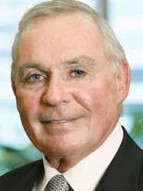
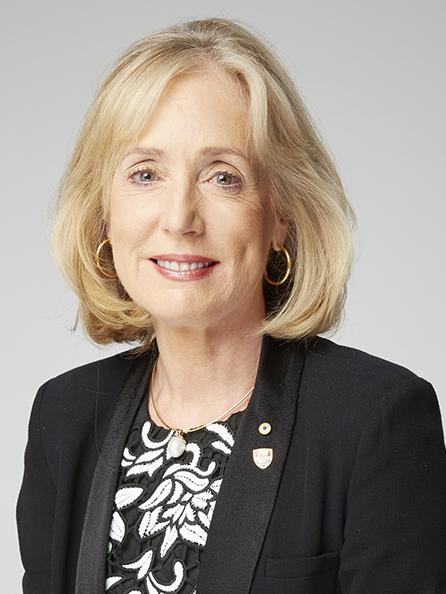
Alinta boss Jeff Dimery believes he can run the plant for substantially less than the $920 million AGL claims it will cost to run it for an extra five years and is preparing to make a $1 billion offer by the end of the month.
The Prime Minister has also ruled out Tony Abbott’s Monash Forum suggestion that the plant be forcibly acquired and nationalised — leaving a sale as the only option to keep it open.
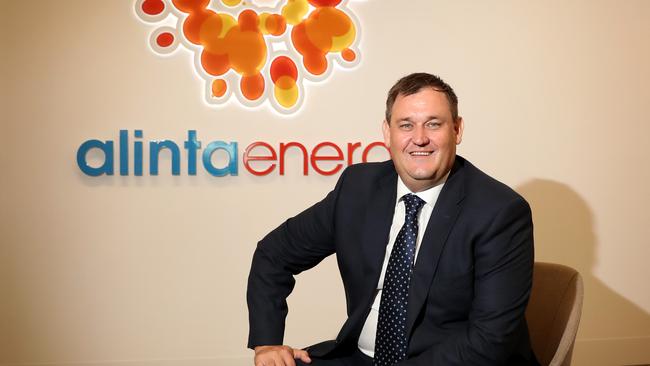
Stephen Galilee, CEO of the NSW Minerals Council, said: “Despite claims that no-one would invest, at least two energy companies have now declared a potential interest in buying the Liddell plant, and they should be allowed to do their due diligence to determine if a sale is feasible.
“So far all we’ve heard from AGL is a plan to replace electricity generation that works with measures that fall 850MW short of what is needed. NSW needs a plan for affordable and reliable electricity beyond 2022 or families and businesses will pay the price through skyrocketing power bills.”
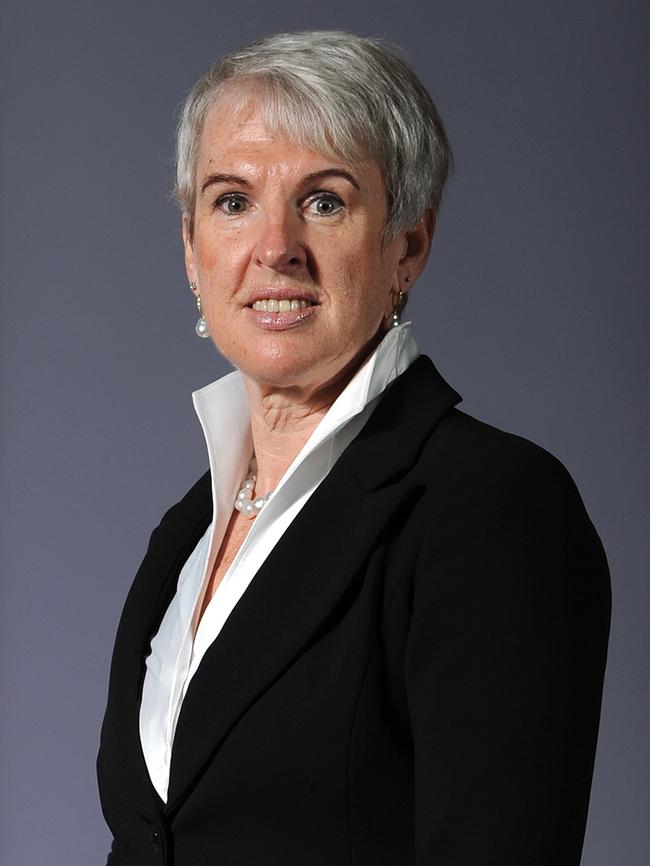
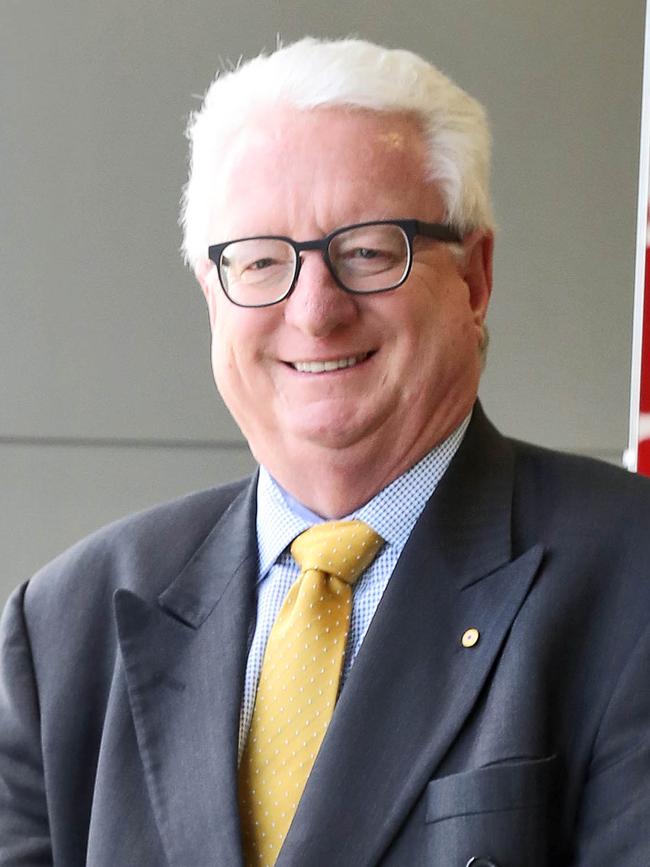
Mr Vesey has repeatedly insisted the coal-fired plant is not for sale and has a crucial role as a renewables plant.
Australia Institute energy expert David Richardson said AGL had “absolutely no interest” in increasing competition and cutting power bill prices by selling Liddell to a rival.
“Liddell provides cheap power,” he said. “If AGL sells it to a rival, that would increase competition and drive down the profit AGL makes.
“NSW consumers are being ripped off because AGL and the retailers are charging up to 10 times more for electricity than it costs to make.”
Mr Vesey, whose posts on social media show his love of fine wines and big cigars, has a vested interest in making money for AGL. Two thirds of his whopping $6.9 million salary is linked to performance.
His giant bonus is secure. AGL electricity bills, which have gone up 20 per cent in the last year, deliver one third pure profit for AGL. Mr Vesey has told shareholders they are on track for an enormous $1 billion profit this year.

